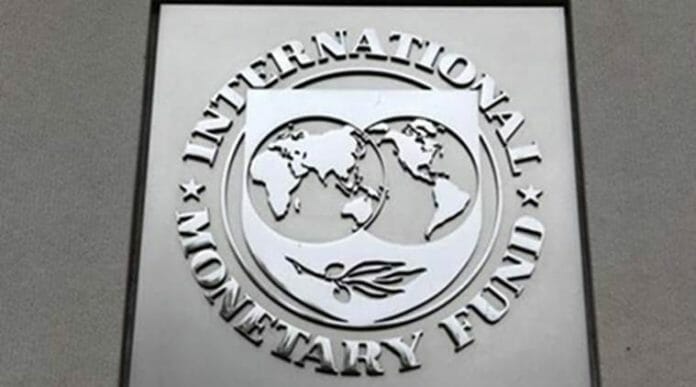The global economy is experiencing a number of turbulent challenges. Inflation higher than seen in several decades, tightening financial conditions in most regions, Russia’s invasion of Ukraine, and the lingering COVID-19 pandemic all weigh heavily on the outlook. Normalization of monetary and fiscal policies that delivered unprecedented support during the pandemic is cooling demand as policymakers aim to lower inflation back to target. But a growing share of economies are in a growth slowdown or outright contraction.
The global economy’s future health rests critically on the successful calibration of monetary policy, the course of the war in Ukraine, and the possibility of further pandemic-related supply-side disruptions, for example, in China. Global growth is forecast to slow from 6.0 percent in 2021 to 3.2 percent in 2022 and 2.7 percent in 2023.
This is the weakest growth profile since 2001 except for the global financial crisis and the acute phase of the COVID-19 pandemic and reflects significant slowdowns for the largest economies: a US GDP contraction in the first half of 2022, a euro
area contraction in the second half of 2022, and prolonged COVID-19 outbreaks and lockdowns in China with a growing property sector crisis. About a third of the world economy faces two consecutive quarters of negative growth. Global inflation is forecast to rise from 4.7 percent in 2021 to 8.8 percent in 2022 but to decline to 6.5 percent in 2023 and to 4.1 percent by 2024. Upside inflation surprises have been most widespread among advanced economies, with greater variability in emerging market and developing economies.
Risks to the outlook remain unusually large and to the downside. Monetary policy could miscalculate the right stance to reduce inflation. Policy paths in the largest economies could continue to diverge, leading to further US dollar appreciation and cross-border tensions. More energy and food price shocks might cause inflation to persist for longer. Global tightening in financing conditions could trigger widespread emerging market debt distress. Halting gas supplies by Russia could depress output in Europe. A resurgence of COVID-19 or new global health scares might further stunt growth. A worsening of China’s property sector crisis could spill over to the domestic banking sector and weigh heavily on the country’s growth, with negative cross-border effects. And geopolitical fragmentation could impede trade and capital flows, further hindering climate policy cooperation. The balance of risks is tilted firmly to the downside, with about a 25 percent chance of one-year-ahead global growth falling below 2.0 percent—in the 10th percentile of global growth outturns since 1970.
Warding off these risks starts with monetary policy staying the course to restore price stability. Front-loaded and aggressive monetary tightening is critical to avoid inflation de-anchoring as a result of households and businesses basing their wage and price expectations on their recent inflation experience. Fiscal policy’s priority is the protection of vulnerable groups through targeted near-term support to alleviate the burden of the cost-of-living crisis felt across the globe. But its overall stance should remain sufficiently tight to keep monetary policy on target. Addressing growing government debt distress caused by lower growth and higher borrowing costs requires a meaningful improvement in debt resolution frameworks. With tightening financial conditions, macroprudential policies should remain on guard against systemic risks. Intensifying structural reforms to improve productivity and economic capacity would ease supply constraints and in doing so support monetary policy in fighting inflation. Policies to fast-track the green energy transition will yield long-term payoffs for energy security and the costs of ongoing climate change. Whilst phasing in the right measures over the coming eight years will keep the macroeconomic costs manageable. And last, successful multilateral cooperation will prevent fragmentation that could reverse the gains in economic well-being from 30 years of economic integration.
Article attributed: Word Economic Outlook Report, October 2022 by International Monetary Fund









